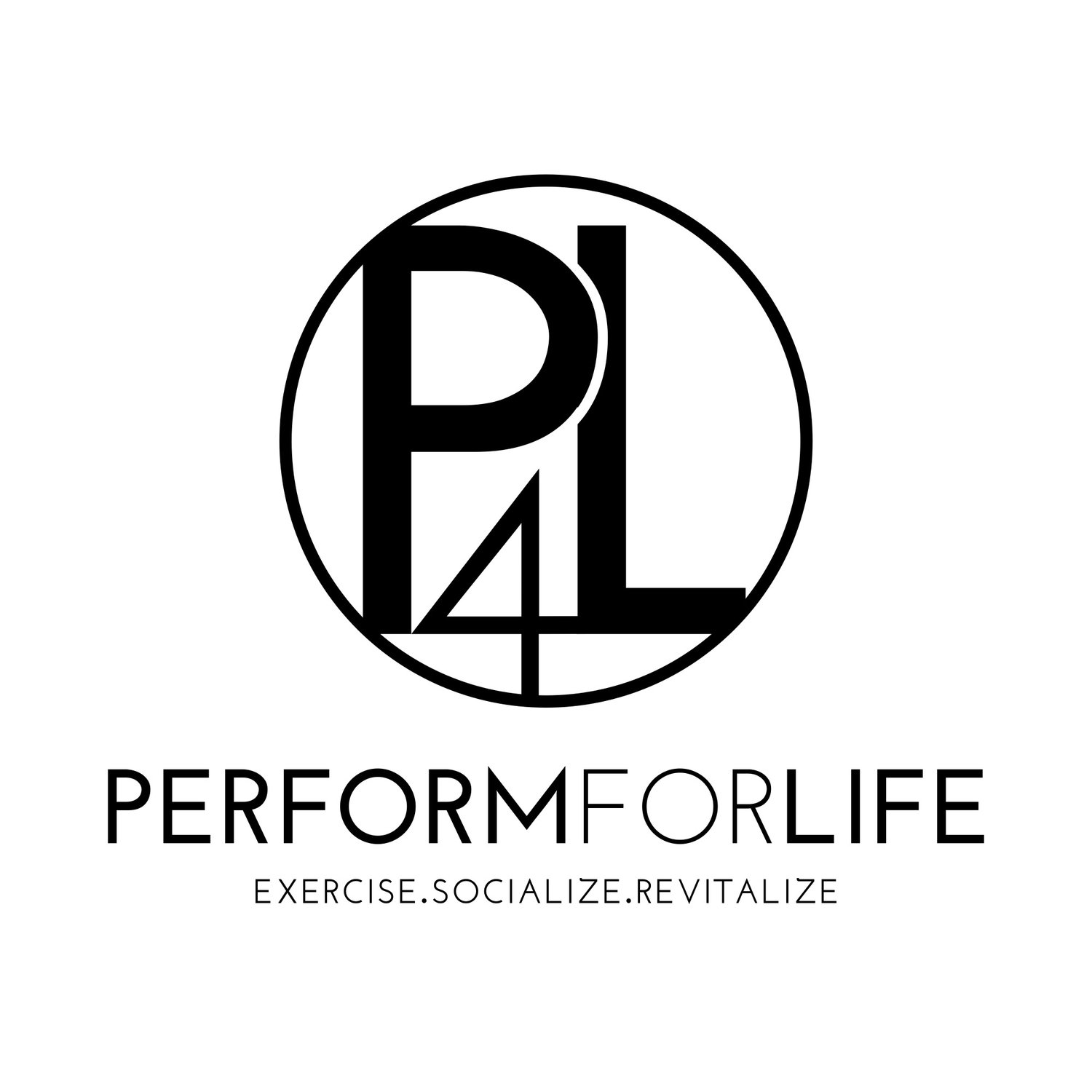5 Tips for A Healthy Relationship With Food
1. Less Restrictions!
Magazine headlines constantly promise that cutting a specific food or food groups out of your diet will lead to weight loss. The most important factor in weight and fat loss is caloric intake. When calories are kept in check at a slight deficit, weight loss will come. Restricting certain foods may make it easier to keep calories well beneath a surplus, but this method sparks a flood of restrictive thoughts. The ‘I can’t have that’ thought bombards your mind and fosters an unhealthy relationship with food. This can be avoided through a healthy relationship with food, keeping calories at a slight deficit, and enjoying in moderation!
2. Calibrate Your Plate
A little portion size calibration in meals can go a long way in regards to hitting your macronutrient (carbs, fats, proteins) and micronutrient (vitamins, minerals) goals! Veggies should dominate half of any given plate because they’re the most nutrient-dense foods. Protein is up next at about a quarter of your plate, with fats and starches splitting the last quarter of the plate. This rough set-up can help guide meal planning and prepping, making it easy to hit your daily macro- and micronutrient goals.
3. The 80/20 Rule
Although this is used as a business principle, the 80/20 rule also applies to nutrition. Restrictive diets lead to unhealthy relationships with food, so the 80/20 rule exists to help those who don’t want to - or can’t - put too much time into their nutrition, but still want to stay on a path to a leaner build. The 80/20 rule suggests that 80% of the foods you eat are whole, healthy, and clean foods, while the other 20% may be ‘fun’ foods. So, if you eat five portioned meals, 4 out of 5 of them should be comprised of whole foods, while the other meal can be a small splurge. For someone who doesn’t want to constantly worry about the foods they’re eating, this simple tip may be a very helpful reminder!
4. Eat Half, Take Half
The large portions of many restaurants are usually around two servings, so why not save one?These servings make it more than easy to overshoot calorie goals. The ‘eat half, take half’ tip helps with portion control by suggesting that if the serving size from the restaurant is too large (usually more than 1.5 servings), eat half of the meal - then take the other half home. This tip can be extremely helpful if your favorite restaurant loves to serve up large meals, or if you need a little extra help with portion control in general.
5. Track Liquid Calories
While nutrition trackers are great at keeping calories in check, we can’t forget to track liquid calories when we log food! Drinks like tea and black coffee have less than five calories per serving, so these don’t need to be tracked nearly as closely as other drinks. However, blended coffee drinks, creamer, milk teas, soft drinks, and juices may have a significant effect on calorie consumption. Blended coffee drinks can have upwards of 300 calories, so if you get one three times a week, you could be 3,600 calories in surplus by the end of the month. These drinks don’t need to completely avoided, but should be tracked as a part of your daily nutrition - or counted toward the 20% of your 80/20 split.
Try any one or a combination of these tips, and see which one is best suited to you and your lifestyle. Make sure its sustainable, and if it is, stick to it!

